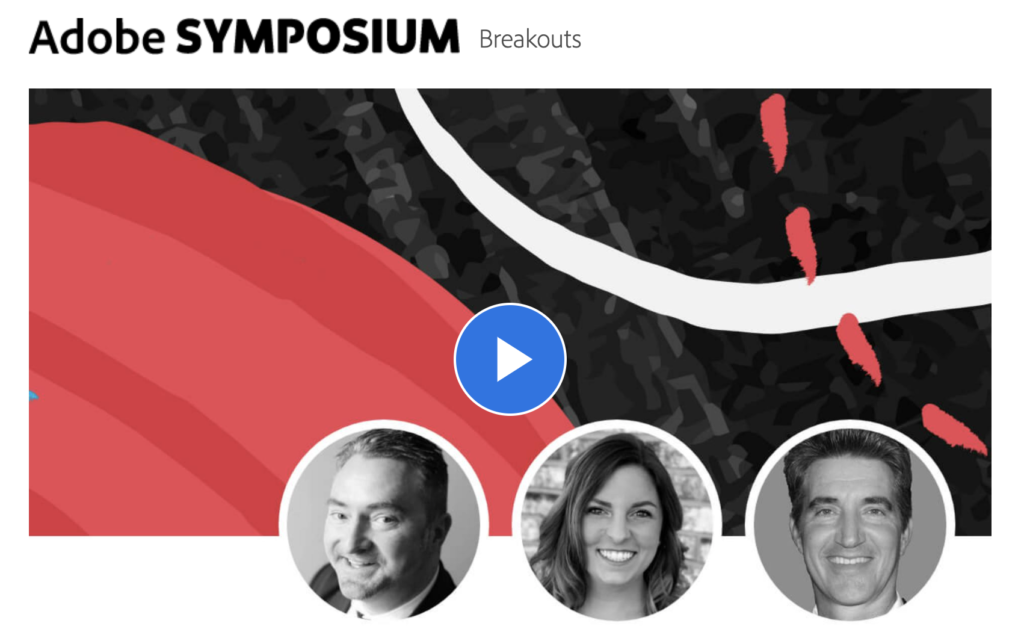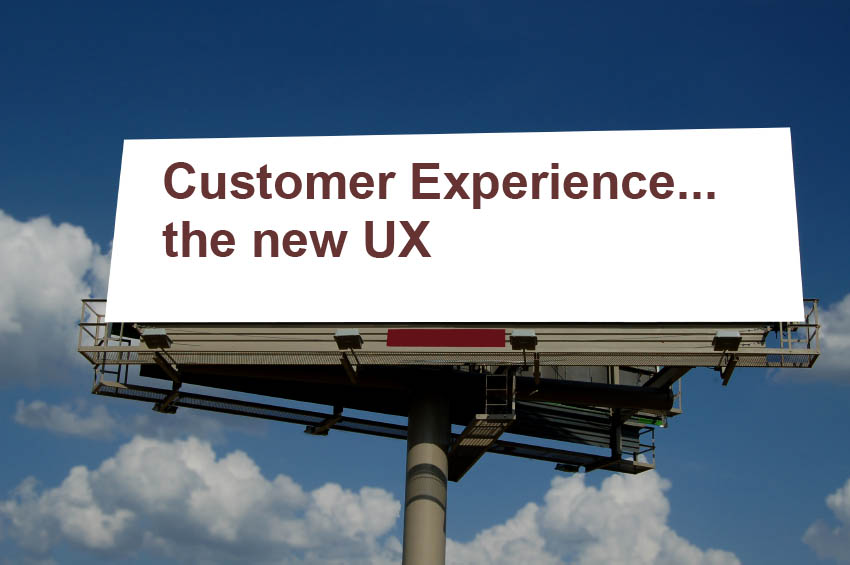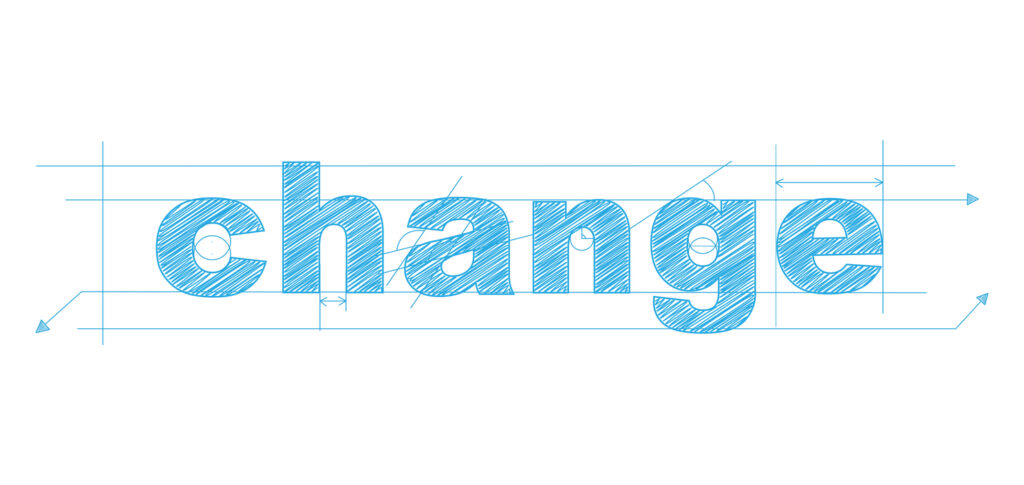First published in April 2009
The rise of social networking media is stirring up a nonprofit sector eager for new opportunities to connect with and attract supporters. But as organisations dip their toe into this fledgling field, many are finding it a difficult maze to negotiate.
Social Networks a Forum for Influence
Nonprofits and political groups have always engaged with social networks, which have traditionally taken the form of community groups, clubs, societies and other kinds of organisations. By engaging with these groups, nonprofits and political organisations hook into “human networks” that share information.
Through evolving technology platforms, social media is extending traditional human networks. Blogs and applications like Facebook and Twitter are allowing people to have two-way communication and create content for their friends, peers, family, workmates, and just about anybody who wants to listen, look, chat, or exchange information on a topic of interest. One of the key points to understand about social media networks is that they acknowledge that people seek, and are influenced by opinion. People look for advice from others. They like to research something before they make a decision about it. They like to tap into the thoughts of leaders and experts, and social media networks provide a valuable tool in this.
What is Social Media Marketing?
With social media rapidly attracting millions of users, and this number growing exponentially all the time, the commercial and nonprofit sectors have spied an opportunity to try and snare customers and supporters from this mushrooming pool of networkers. But how do you connect and engage with these people? Marketing your cause to such a vast and diverse audience is not only challenging, it can be downright confusing.
Australia has around 13.5 million internet users with 4 million Facebook members and some 500,000 bloggers. In short, social media marketing is about hooking into these people through conversations and advocacy.
Social media marketing involves the integration of social networks with social media around issues or “topics of the day” to create conversations, debate and buzz. It also means producing content (to help stimulate the conversations), implementing search engine optimisation (to attract the right people to the conversation) and tracking and reporting.
Social media marketing is an area that advertising agencies are keen to leverage, but people in social networks don’t like to be preached to or advertised at. And herein lies the kicker for nonprofit organisations. The work of nonprofits naturally lends itself to the social networking space because the issues and causes they are addressing provide great fodder for individuals to express their views.
Social networking is like a soapbox. Some people will champion your cause and be prepared to blog about you until the cows come home, and this is perceived to be a legitimate exercise because the blogger doesn’t have anything to gain by sharing their views. But if a commercial organisation tried to do something similar to promote its services, people would feel like they were being flogged a product – and they definitely do not like that in the social networking world.
Generating Donations
There are examples of social media being used successfully for fundraising, however like all online activities this is a new and evolving field. In the UK for example, WaterAid teamed up with Thames Water to promote World Water Day and raised funds through a social media marketing campaign. A good test to assess the possibility of people donating to your cause through a social media marketing initiative is to look at the effectiveness of your current search campaigns. If visitors to your website through these search activities convert to donors then social media will work for you. If the answer is “we haven’t run a search campaign yet” then do this first.
So What’s It Good For?
Campaigning: social media is great for campaigning and advocacy. For nonprofits that engage in grass roots activism it’s an excellent medium for using amplifiers (people who are prepared to voice their thoughts).
By providing amplifiers with tools such as case studies, research and other information, you can help them to spark and maintain conversations among their networks. Or put simply, you market to one to talk to a hundred.
But you don’t have to be an “activist” type organization to use social media marketing. Other nonprofits this would work for are those that are trying to educate the community on specific issues such as diabetes or homelessness.
Lead Generation: social media is a great environment to generate leads as its users are the “long end of the tail” if they‘ve taken the time to search and read content. This is not dissimilar to direct mail where the “ask” is more likely to be achieved if the supporter has taken the time to read and engage in the letter.
There is also the added advantage that supporters can often see an immediate impact from their actions. For example, when a person is asked to pledge support to an issue they can usually see onscreen the number of pledges increase by one immediately following their sign-up.
Case Study 1 – Human Rights on the Radar
In 2008 a human rights organisation successfully campaigned on the issue of internet censorship during the Olympic Games in China. The purpose of the campaign was to generate awareness about freedom of expression online and acquire leads for potential donors.
Prior to the campaign the organisation had a 5% share of the social media conversations occurring on this issue. To create more buzz, research was conducted to identify a list of influential bloggers who were sent emotive content, thus encouraging them to advocate about the issue. Conversations were maintained by monitoring blogs and responding to comments.
Further promotion was done by distributing content through newswires such as PRweb and integrating paid search initiatives and banner media. A key part of the campaign involved encouraging people to pledge their support to the issue by signing up to a register.
Results:
Traffic to the website increased 590% during the key campaign week of July 23-30
Pledges doubled to 30,000
1,430 blogs posts were posted
18,071 conversation threads were generated
Organisation’s website went from page 5 to position number three on campaign keyword searches. This occurred within forty-eight hours of the campaign launch.
Share of conversation jumped from from 5% to 70% base on campaign keywords.
Case Study 2 – Fight Against Water Poverty the Winner
WaterAid Australia recently used social media marketing to drive awareness of water scarcity by asking people to sign up to a challenge to live off 30 litres of water a day.
The campaign used newswire releases (optimised for the web), link baiting (where people link to and from your website) and optimised web page content.
WaterAid was able to achieve the number one search ranking for “World Water Day” within seventy-two hours, with 60% of registrants providing a telephone number (for later follow-up and possible donation ask).
Implementing a Social Media Campaign
There are a load of strategies to consider however the basic approach is:
1. Research – start by identifying campaign keywords (including paid search keywords) and map these to “share of conversation” research. This would include instances of your brand being associated with campaign keywords, for example “sponsor a child” mentioned with “Childfund”.
2. From “share of conversation” identify key bloggers.
3. Rate Bloggers.
4. Develop content (e.g. case studies, background articles on the issues, interviews, downloadable pdfs) and optimise content for search engines.
5. Engage key bloggers and provide them with assets (i.e. content pieces)
6. Distribute content to general newswires (to encourage link baiting and social media optimisation).
7. Set up a “supporter decision path” for transactions (e.g. donations), linked to a strong “call-to-action”.
8. Ongoing tagging of content and reporting, base-lined against benchmark reports.





